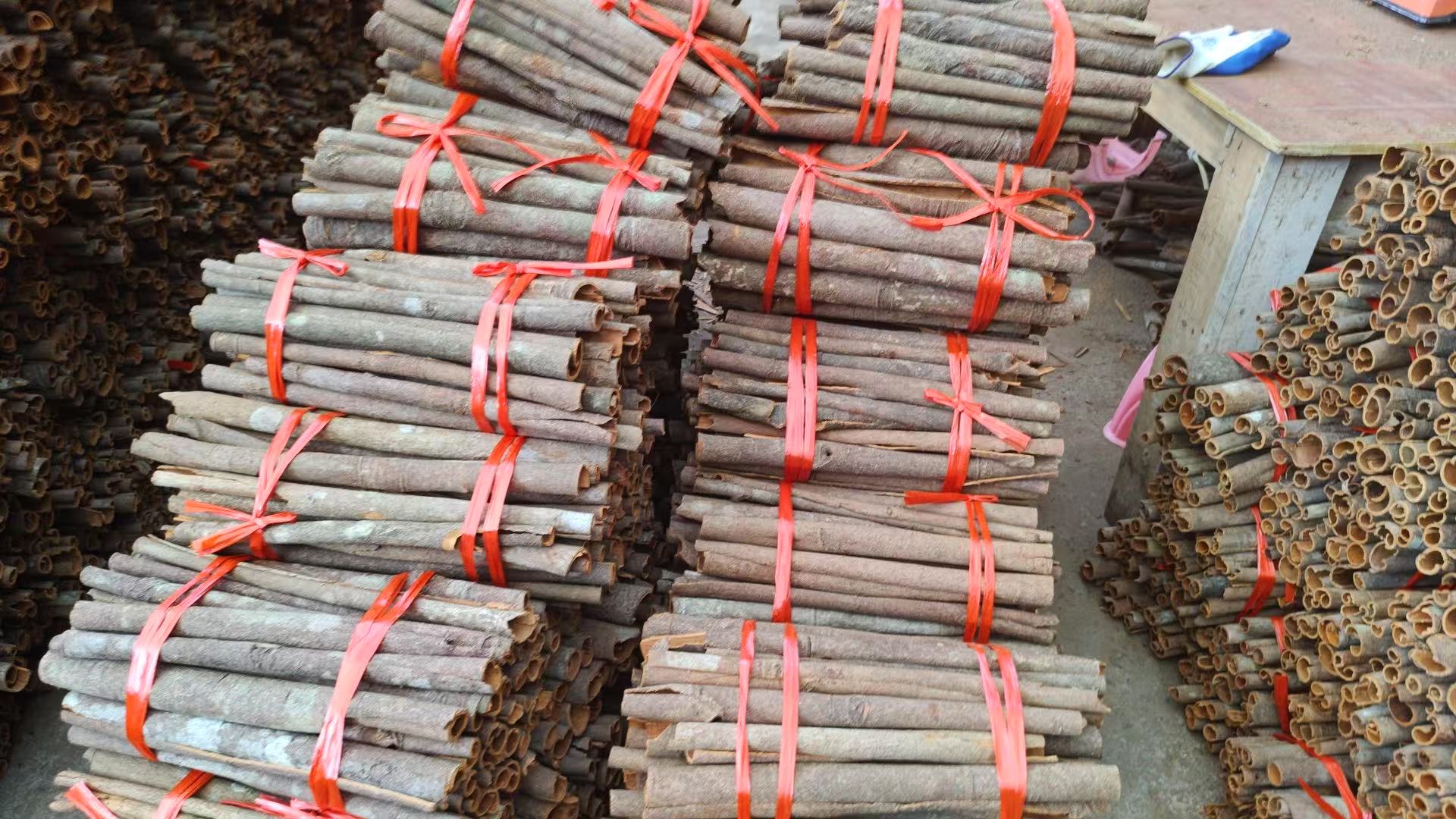Cassia refers to the dried bark of the Cinnamomum cassia tree, commonly known as Chinese cinnamon. It is often sold in whole sticks or ground form and is widely used in cooking and baking for its strong, spicy flavor.

Botanical Source:
Cinnamon: Typically comes from the Cinnamomum verum (also known as Ceylon cinnamon) or Cinnamomum zeylanicum.
Cassia: Comes from Cinnamomum cassia.
Flavor Profile:
Cinnamon: Milder, sweeter, and more complex flavor with subtle notes.
Cassia: Stronger, spicier, and more pungent flavor.
Appearance:
Cinnamon: Thinner, softer, and has a light brown color. The bark curls into multiple layers.
Cassia: Thicker, harder, and darker brown. The bark often curls into a single roll.
Coumarin Content:
Cinnamon: Contains low levels of coumarin, which is a compound that can be harmful in large amounts.
Cassia: Contains higher levels of coumarin, which can pose health risks if consumed in large quantities over time.
Culinary Uses:
Cinnamon: Preferred in sweet dishes, desserts, and some savory dishes.
Cassia: Commonly used in spice blends, savory dishes, and in regions where a stronger flavor is desired.
While both cinnamon and cassia are used as spices, they differ significantly in flavor, appearance, and health considerations. Ceylon cinnamon is generally considered superior due to its flavor and lower coumarin content.